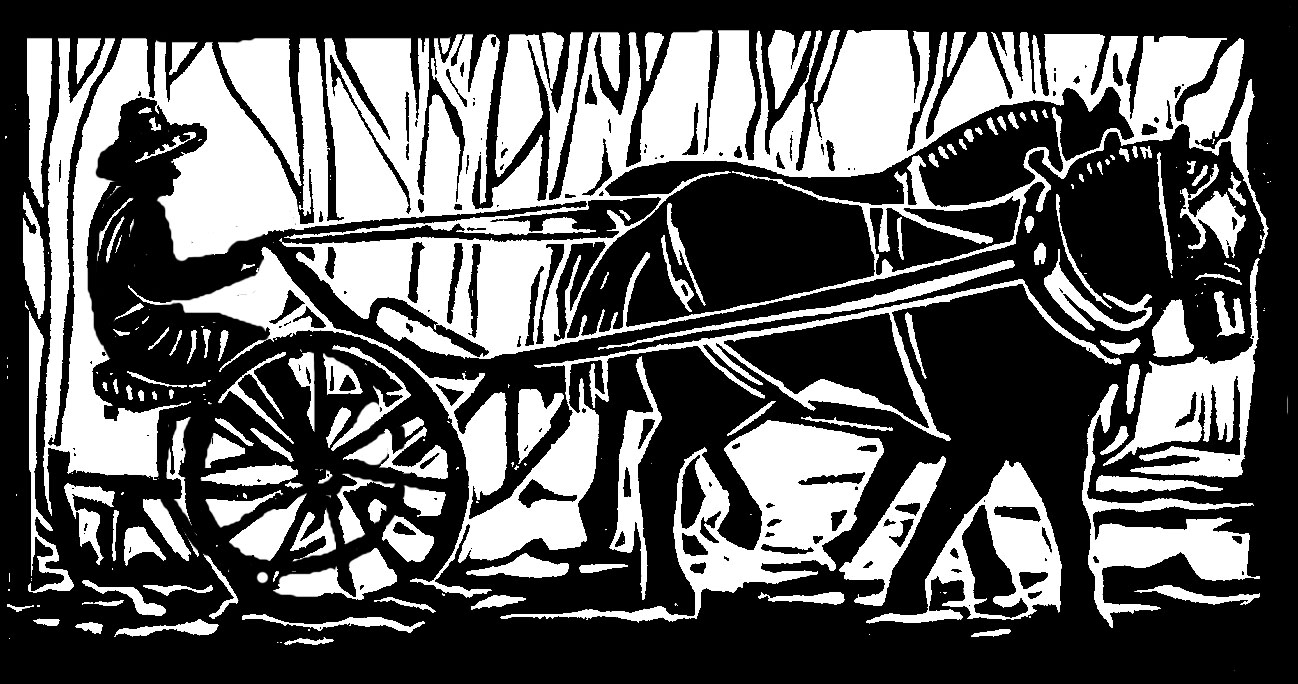In November, it's easy for a vegetable farmer to come up with a list. But this time of year it isn't a list of things to do, though there's plenty yet. This is more of a thanksgiving kind of list, a pumpkin pie and warm houses and gratitude kind of list.
First of all, I'm grateful for the hard frost, and all the dead plants it has produced: harvest is over! Second of all, I'm grateful that it is not the night before the hard frost, when the harvest was not over, and my fellow farmer and I were up until one-thirty a.m., topping all the root vegetables we had picked all afternoon. We heaped them up on the shed tables in a towering pile: the great wall of turnips and rutabagas, the great mountain of carrots, the great mountain range and great wall of beets.
We were glad for a scrappy sort of supper between the harvesting and the topping, and we were glad for such good crops, and we were glad we had harvested in the daylight and saved the topping for our electric lights in the shed. When my fellow and I went out for our second shift at 8 p.m., it all seemed pretty doable. How long would it take to top a bunch of vegetables, after all?
Out in the shed, I liked the quiet night, with the occasional hoot of an owl, howl of a coyote. Plus we were making progress: carrots done. Not too many radishes: radishes done. Turnips and rutabagas were a little more daunting, but at least they have lots of leaf, so we could move through the pile fairly quickly, in the hour or two range. We even had a little pleasant conversation during the turnip and rutabaga hours.
“I'm so glad I put my winter boots on,” I said.
“Me too,” answered my fellow.
A half hour passed. “I'm so glad we didn't have to pick the Brussels sprouts and leeks, on top of everything else.”
“Me too,” agreed my fellow.
Another half hour. “All right! Just the beets left!” my fellow said.
“I'm kind of dreading the beets,” I answered, facing the mountain range and wall directly for the first time.
“Yeah,” said my fellow, facing them too.
We sagged a moment, and then we began the beets, as well as the next phase of the getting through the topping hours program. This is when I thought how grateful I was that I didn't have to top beets all day, every day, or all night, every night. I thought how grateful I was that I had a bed to go to if I ever finished the beets. I had a bed, and blankets, and I had food for my next meal, I had a kitchen to make the meal in, a table to eat it on, and good company to eat it with. Plus I had good company right then: I was really glad my fellow farmer was out topping beets with me.
But even with all this gratitude, the mountains of beets seemed to get no smaller.
For a little variety, I started chopping the beet tops instead of twisting them. This gave my twisting muscles a rest, and plus it gave me more to be grateful for. For example, I was not in a factory, cutting up chicken hour after hour, not allowed to take a break even to go to the bathroom, working double and triple shifts just to keep my kids fed, my little kids who have to wait in the car while I am working. I read this in a book, a true story, and I felt very grateful that I was chopping beet tops by choice, with dignity and self-direction and an eye towards sustainability.
This worked for another half hour.
Then I was getting cold, and tired, and stiff, and I was more grumpy than grateful. Thus began the third phase, when I needed to significantly up the gratitude ante.
I'm so glad no one is threatening me with this knife, I said to myself. Then, “I'm so glad I'm not living in a war zone,” I said aloud to my fellow, who looked a little surprised. “Planes could be coming over with bombs,” I added. I was quite serious.
“Wow,” said my fellow, “Thinking like that helps you feel better?”
“Yeah,” I answered. “To help me appreciate all we have. Doesn't it help you?”
“Well . . . I guess . . .” he said doubtfully, and then he held up the last bunch of beets. “This make me feel better.”
“Oh, fiiinnnally.” I was too worn out even to cheer. Together, we chopped off the last tops, and stumbled into the house with the last bags of beets.
“I wonder what time it is,” I said.
“I didn't want to tell you,” answered my wise fellow, looking at his watch. “It's one-thirty in the morning.”
“Holy-moly,” I said, “It's a good thing I didn't know that before. I would have given up a long time ago.”
“Are you saying you're really glad you don't wear a watch, really grateful you don't wear a watch?” asked my funny fellow.
Yeah, something like that.
Originally published in the Monadnock Shopper News, Nov 25- Dec 1, 2015

